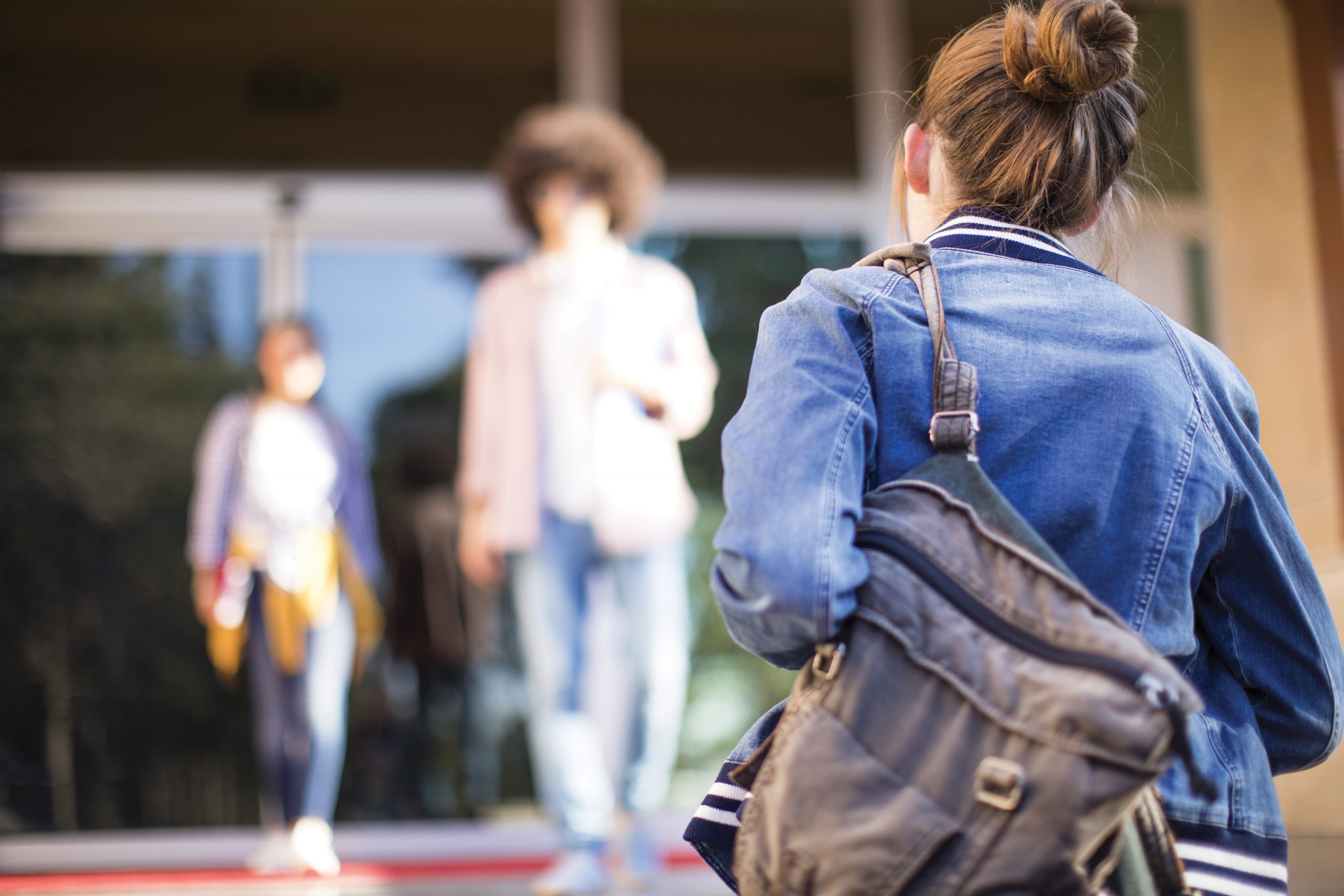
The Hidden Hardships of Back to School
The Hidden Hardships of Back to School
By Emily C.T. Hankins
Most students—and parents—are excited for school to start again. But for others, heading back to the classroom is not a joyous, long-anticipated event. For some school-age families, the idea of going back to school is overwhelming or even fills them with dread. What kinds of things are causing this stress and how can we help support our village? How can we make back-to-school an easier transition for everyone?
SCHOOL SUPPLIES AND SCHOOL CLOTHES
For many of us, the smell of sharpened pencils, the sight of a crisp box of name-brand crayons, and the feeling of sporting a new first-day outfit elicit feelings of joy and nostalgia. However, not everyone can share in these experiences. The extra money and resources it takes to fund the social expectations of back-to-school is a burden for many families. According to the National Retail Federation, families spend an average of $697 on back-to-school shopping. That is a big chunk of change, even if money isn’t tight. If you are able, consider contributing to organizations or programs, like “Stuff the Bus,” that gather school supplies and distribute them to families. Instead of a school supply list, many schools have switched to asking for a dollar amount (usually around $30) from each student. This allows the school to buy items in bulk and save everyone money. Teachers get exactly what they had in mind, and parents love how easy it is. If your school isn’t already using them, bring up the topic of uniforms. School uniforms downplay the have and have-not mindset often reinforced by new or designer clothes.
ANXIETY
Heading back into the classroom is a big change in schedule—maybe the biggest schedule change all year. There are so many unknowns when transitioning to a new school year. Who will my teacher be? Who will be in my class? What will I be learning? For the 4.4 million children diagnosed with anxiety, all these unknows can be debilitating. To help these kiddos, arm them with information. Arrange a visit to the school, and maybe even a visit with their teacher(s). Reach out to the school counselor. Ask for a class list (first names only) and a school-day schedule. Act out a mock school day. Talk about what to expect and share what you, the parent/caregiver, are looking forward to.
ADHD AND OTHER LEARNING DIFFERENCES
For many students school is hard because learning is hard. Attention, hyperactivity, dyslexia, or other learning differences make learning frustrating for many students. Despite the hard work these kiddos put in, reading, writing, arithmetic, and even sitting still are an uphill battle. Teachers are overworked and underpaid. Many have not received adequate training or resources to help students who think or learn differently. Combine that with understaffed and underfunded Special Education Resource departments, it is often difficult for all students to get the help they need. Consider donating your time or money to a resource program at your neighborhood school. Learn what it means to have a learning difference. As YouTube sensation Penn Holderness of The Holderness Family says, “ADHD is awesome.”
SLEEP
Sleep is crucial for all of us, but even more so for our growing children. Thirty percent of children don’t get enough sleep. When heading back in to the classroom, it is more important than ever to set up good sleep habits and a strong sleep routine. This can be a tricky transition from the longer days and later nights during summer break. Start easing kids back into a sleep routine a few weeks before school begins. Practice getting up earlier and going to bed at a set time every evening. Another important part of creating a successful bedtime routine is including steps that remain constant each night, like teeth brushing or reading a book. Avoiding screen time and limiting distractions before bedtime also helps the mind wind down. Practicing all this before the big day, when emotions are running high, will make everyone’s life easier.
SUMMERTIME COMPARISON
Heading back into the classroom, kids are excited to share all about their summer—where they went on vacations, what things they did, and who they saw are the go-to topics of conversation. However, be mindful that some kids are left out of these discussions if their families didn’t or couldn’t make any big plans. Kids and adults can help engage everyone in meaningful conversation by asking about something other than, “Where did you go on your summer vacation?” Bring up topics like, “What are you looking forward to this school year?” or, “What is your favorite animal?”
With a little bit of awareness and a lot of modeling we can share confidence and build community for the upcoming school year.
